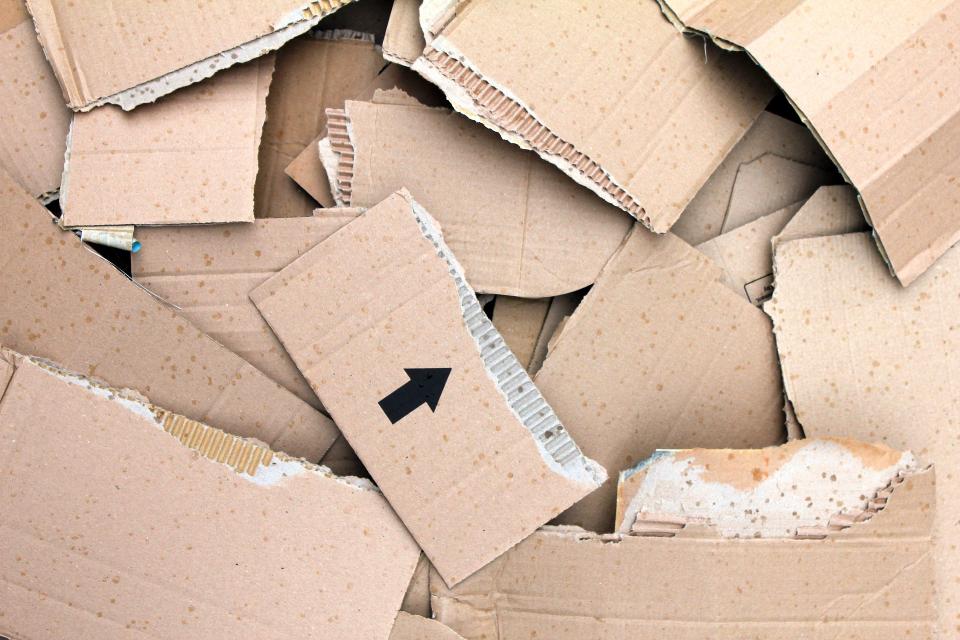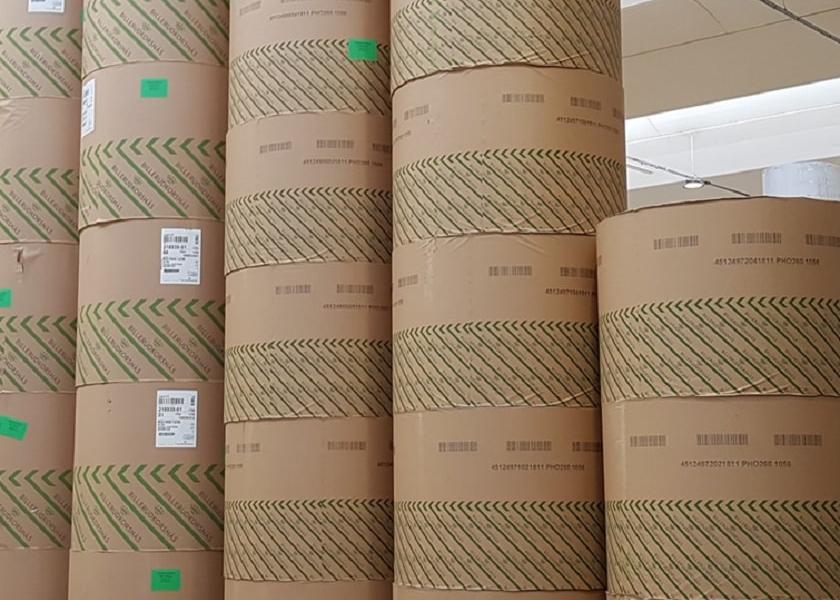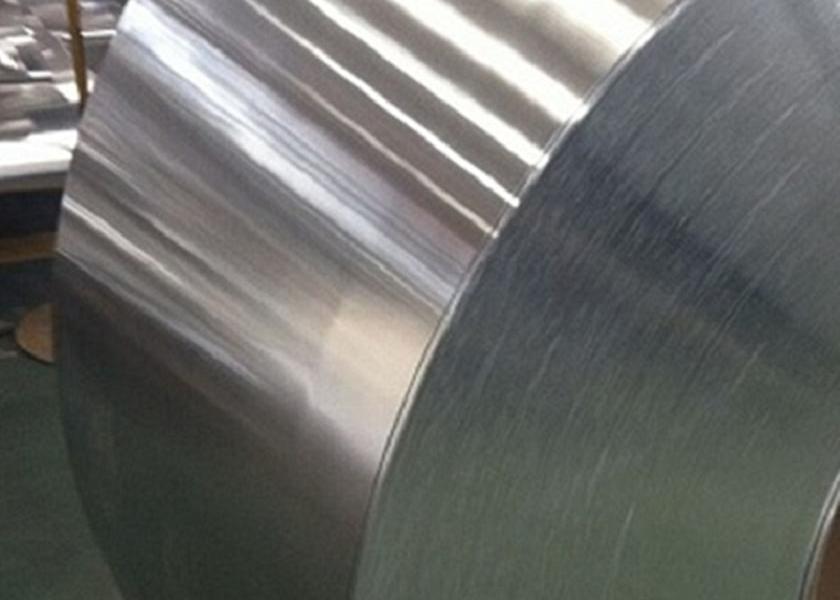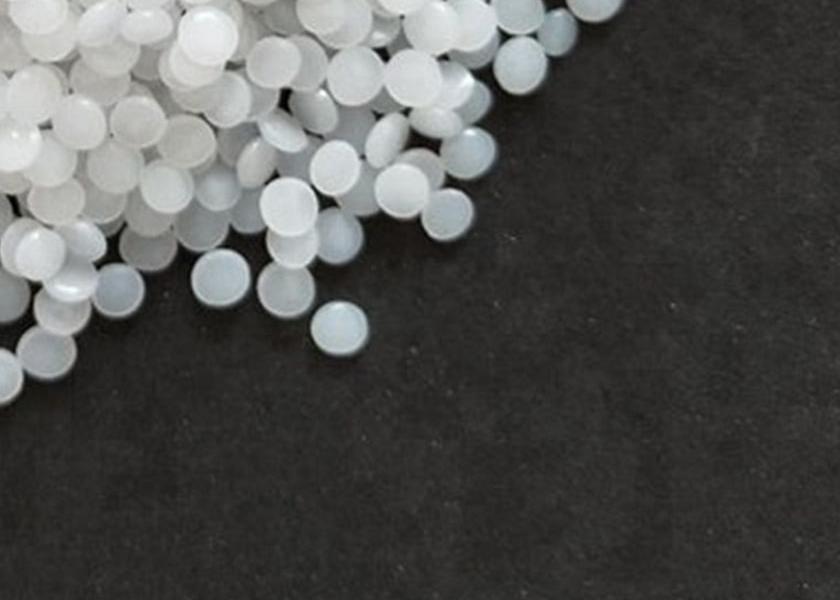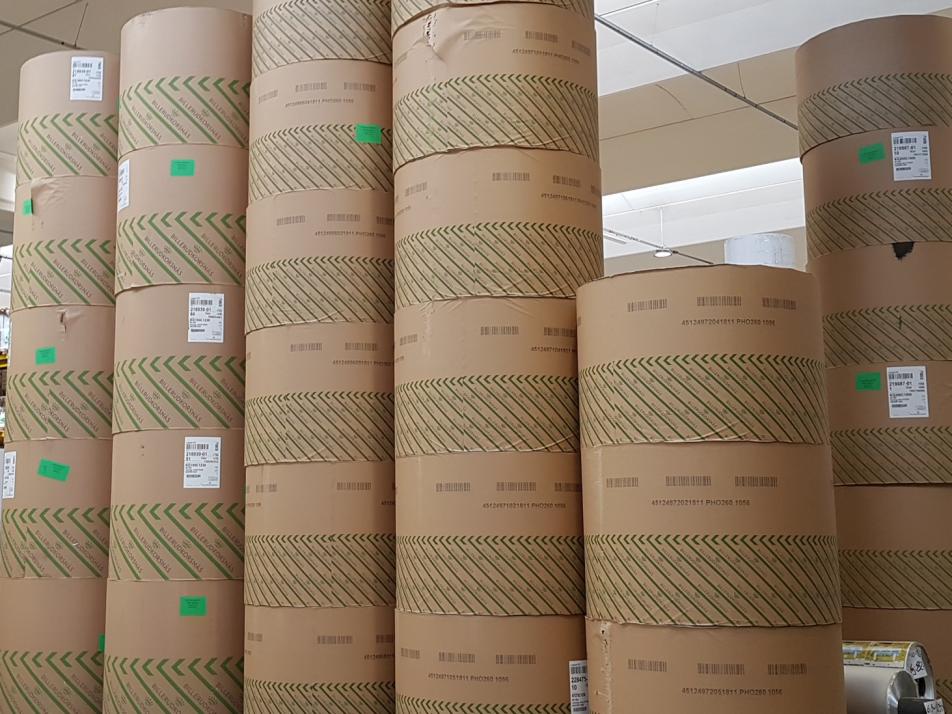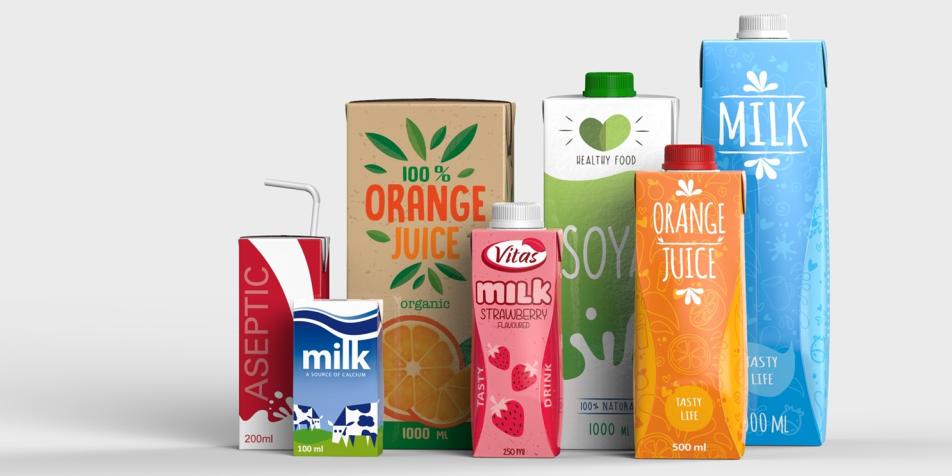Carton packaging recycling trends
According to the Alliance for beverage cartons and the environment, in 2017 48% of all beverage cartons sold in the European Union were recycled, with some countries having rates over 70%. Recycling of beverage cartons in Europe has grown steadily over the last fifteen years. This is almost a 70-fold increase on 1992 figures, when just 6,000 tons were recycled.
Analyzing the material of the individual waste, we can see how paper and carton perform significantly better than other types of materials. Every year in Europe , more than 60 million tons of paper are collected to be recycled. 50% come from commercial businesses and from industry, 40% from domestic collection and 10% from collection in offices. The industry chain paper has pledged to achieve a recycling rate of 74% by 2020. In comparison, the European plastics industry has a recycling rate of only 29.7%.
Speaking exclusively of recycling of paper and carton packaging, they have the highest recycling rate of any packaging material, at 82.6%, followed by metal (76.2%), glass (73.1%), plastic (39.8%) and wood (39.3%).
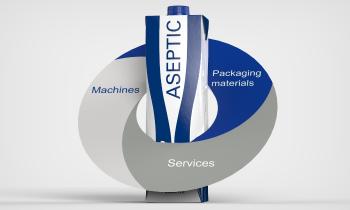 ASEPTIC SOLUTIONS PROVIDER
ASEPTIC SOLUTIONS PROVIDER
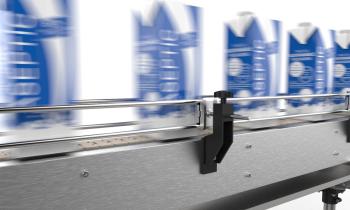 FILLING EQUIPMENT
FILLING EQUIPMENT
